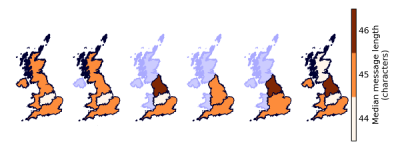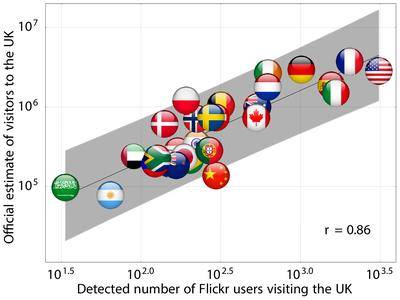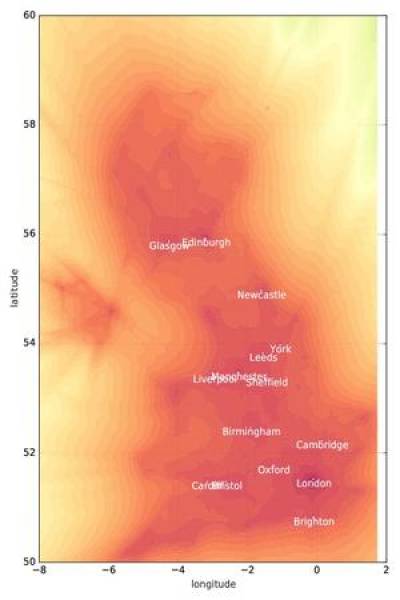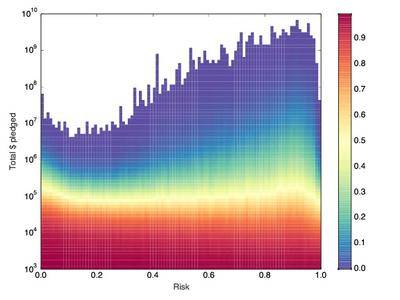Qualifying regional differences in the length of Twitter messages

There is a common stereotype that people in the North of England talk more
than those in the South. The perception is that folk living north of some
indeterminate line that separates north from south are friendlier than their
southern counterparts and hence end up talking more. To test this
stereotype, we conducted a large scale, BIG DATA, study by counting the
message length of over more than 3 million tweets posted over three years,
however, a north-south divide was not observed on Twitter. For some
geographical groups the median lengths did differ - by as much as 2 characters
- which seems small but, when counted over this large data set, the difference
is significant. Instead of a divide between North and South, the study showed
that a division grouping the Midlands with Scotland, compared to the rest of
the UK is visible.
Alis CM, Lim MT, Moat HS, Barchiesi D, Preis T, Bishop SR.
Quantifying Regional Differences in the Length of Twitter Messages. PLoS ONE.
2015;10: e0122278. doi:10.1371/journal.pone.0122278 [paper][data]
Quantifying international travel flows using Flickr

Our everyday interaction with mobile devices and social media can offer us an unprecedented view on people's behaviour. We use geo-tagged information associated to photos uploaded on Flickr to quantify international travel to the UK, and find that our estimates match official figures from the UK Office for National Statistics.
Discovering maps and mobility patterns from social media data

Scientists have discovered that people's movement follow Lévi Flight patterns characterised by a large number of small trips followed by occasional large jumps. We analyse Flickr data, model users' mobility patterns using machine learning methods and unveil maps from data alone.
Modelling the emergence of entrepreneurial hubs

Kickstarter is a crowd-funding platform where entrepreneurs can seek investment for their projects, and represents a throve of information that we can mine to monitor the global startup market. We are developing an agent-based model capable of simulating the emergence of entrepreneurial hubs, and we are studying what makes some environments hotbeds of innovation.
 Close
Close

